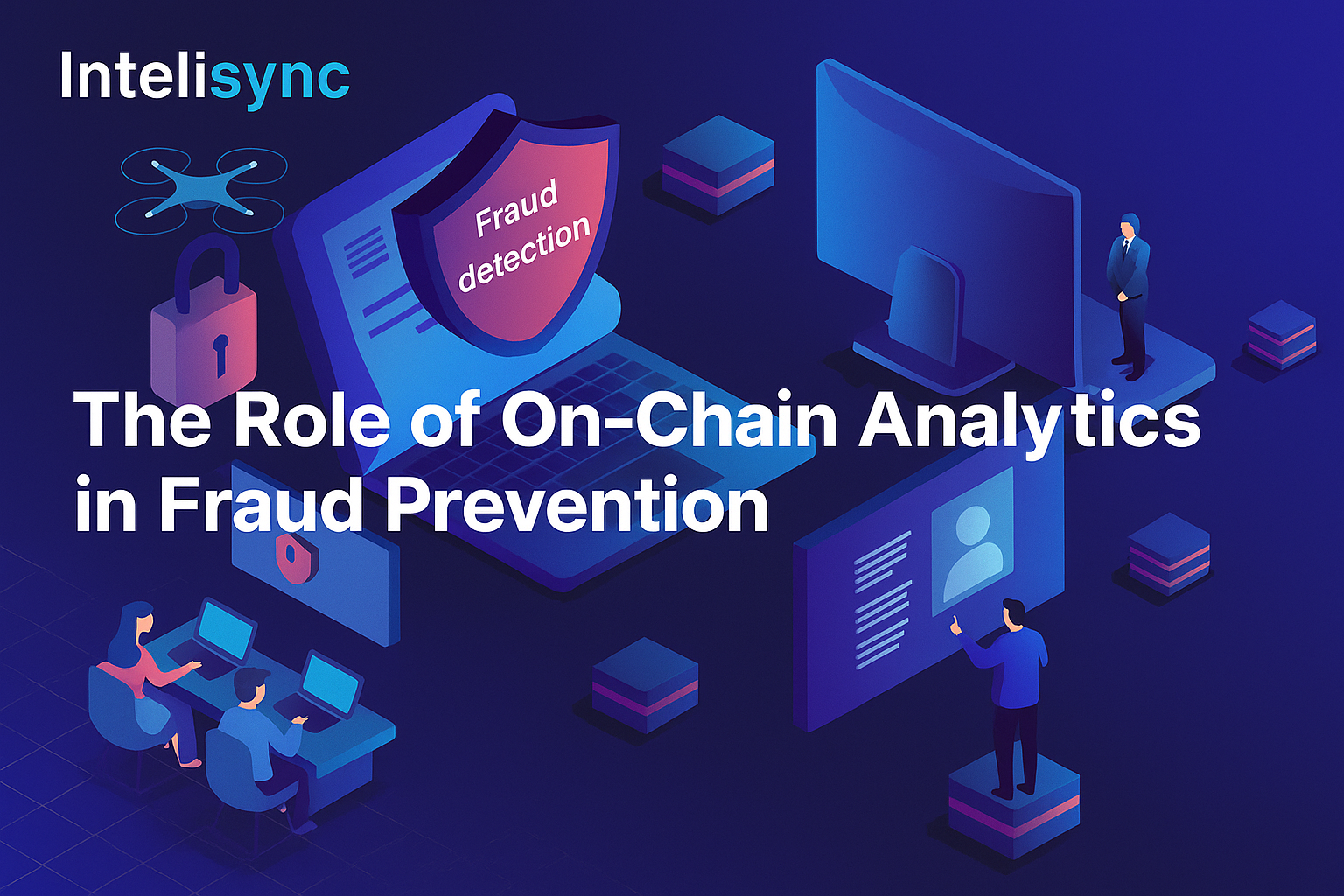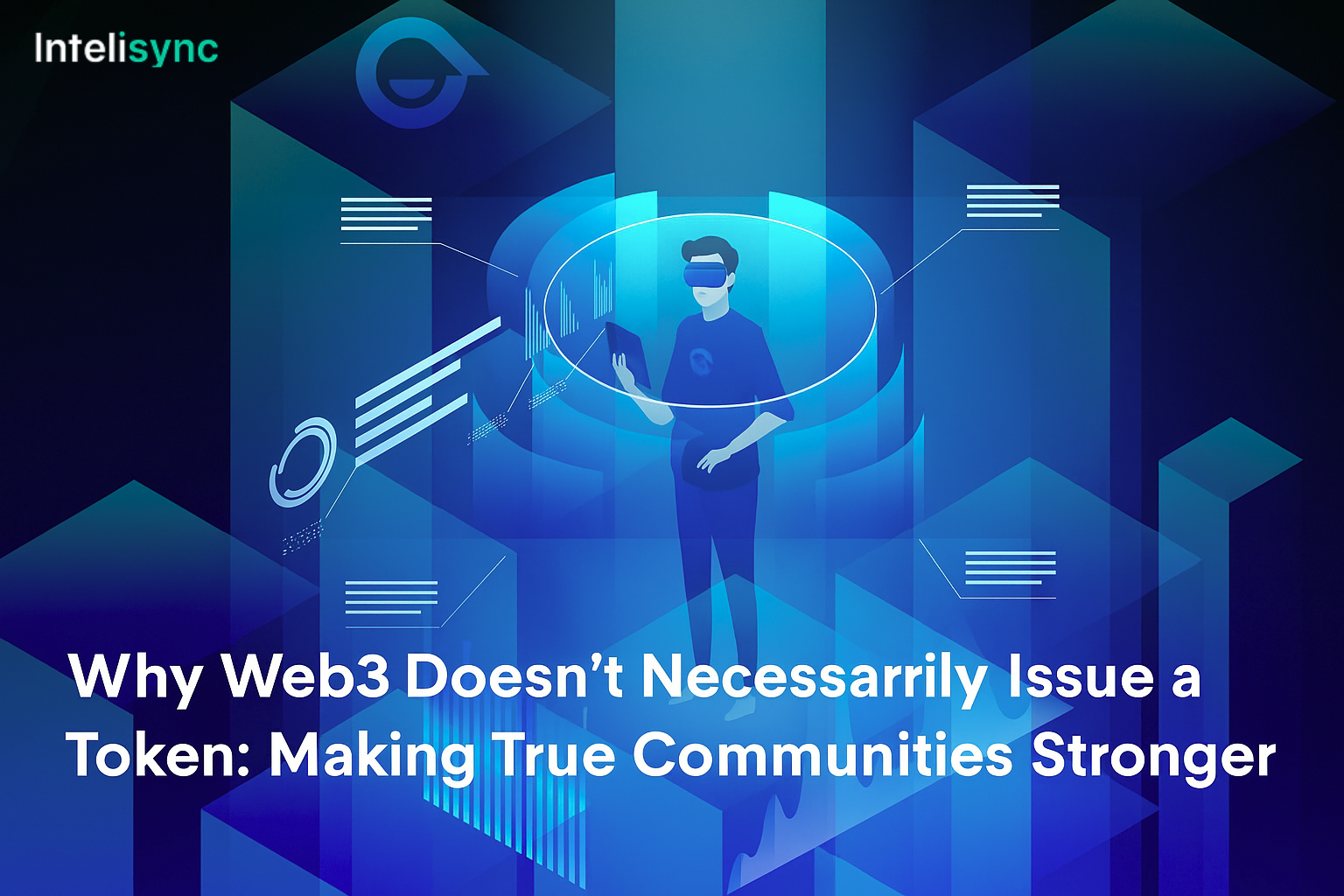Blockchain has completely changed the way financial transactions are tracked. Every transaction, wallet interaction, and smart contract execution gets locked into the ledger forever. What started out as a philosophical push for financial transparency has turned into something much more practical: a surprisingly sharp weapon against fraud.
The crypto world is still a mix of brilliance and chaos. There’s groundbreaking innovation on one side, and on the other, some of the biggest scams of modern times. The irony is hard to ignore the same technology that makes scams possible also leaves behind the trail that exposes them.
What On-Chain Analytics Really Is
Think of on-chain analytics as digital detective work. Transactions trail across the blockchain like muddy footprints, each one leading to the next. No dusty cabinets or endless paper trails just wallet movements and histories sitting there in the open. A transfer on Ethereum, a quick swap on Uniswap, a round of staking in DeFi every action leaves a trace. String those traces together and the bigger picture starts to show itself.
Banks, on the other hand, make this sort of digging painfully slow. Subpoenas, clearances, stacks of paperwork just to get hold of a single record. The blockchain turns that upside down: the details are already stamped, public, and waiting to be read.
Blockchain flips that around. Every detail is right there in plain sight public, timestamped, and sealed so tightly it can’t be altered. Once written, it stays put, like ink that’s already soaked into the page. No creative accounting, no shredded documents, no excuses.
The Patterns That Give Fraud Away
Certain fraud schemes stick out like sore thumbs once the data is mapped. Ponzi structures, for instance, show the same repetitive flow: endless small contributions funneled into a few central wallets, followed by selective payouts to early entrants. Put it on a graph and the imbalance jumps off the page.
Money launderers try tricks like chain-hopping—bouncing funds from one cryptocurrency to another—or using mixers to blur trails. The methods sound clever, but behavioral patterns often stay consistent enough to reveal what’s happening.
Market manipulation is another story the blockchain tells clearly. Pump-and-dump setups usually involve clusters of wallets buying in sync, then unloading together at the peak. It doesn’t take much analysis to see the fingerprints of coordination.
DeFi adds its own layer of exposure. Projects pitch themselves as decentralized, but dig into the ledger and it often shows that a handful of wallets hold the majority of tokens. That’s not decentralization—just centralized control dressed up differently.
The Tech That Makes It Possible
The toolkit for blockchain investigations has grown fast. Big firms like Chainalysis and Elliptic crunch insane amounts of data for governments and institutions, while open tools like Etherscan or Dune Analytics give smaller players plenty of firepower.
Machine learning has started catching patterns that people would never notice on their own. Wallets that look separate on the surface can suddenly line up as controlled by the same source just from little habits like when they send, how much gas they spend, or the way their transactions are structured.
Then there’s graph analysis, which takes things further by sketching networks of wallets and their ties. What seems like hundreds of investors can collapse into a handful of strings pulled by the same group.
The real turning point came with live monitoring. Instead of cleaning up after the damage, automated systems can now flag suspicious moves as they happen sometimes cutting off a scam before it fully takes shape.
The Complications
None of this makes on-chain analytics foolproof. Privacy coins like Monero were designed to shut out this kind of scrutiny. Even on open blockchains, criminals come up with ways to mislead basic analysis tools.
The pseudonymous nature of wallets adds another layer of difficulty. Every transaction can be traced with precision, yet tying those movements back to real people usually hinges on cooperation from exchanges or other regulated entities.
Cross-chain activity complicates things even further. Bridges and multi-chain protocols throw transaction trails all over the place, each network with its own quirks and strange rules. Pulling those scattered pieces into one picture isn’t just about having the right software it takes a lot of practice and a sharp sense for patterns.
The chase doesn’t really stop. Every time investigators sharpen their methods, fraudsters bend theirs. A new mixer shows up, tokens get shuffled through DEX swaps, and brand-new protocols get poked for holes before watchdogs even have the chance to notice. It’s an arms race, messy and relentless, with neither side holding the upper hand for long.
What’s Next
The outlook is still optimistic. AI is getting sharper at connecting dots, and analytics firms are beginning to share data in ways that make it harder for criminals to hide.
Regulation is also moving into clearer territory, giving legitimate companies more confidence to collaborate on investigations. That leaves fewer safe havens for the bad actors.
The most promising development is blending blockchain analytics with traditional financial intelligence mixing on-chain data with banking records, social media footprints, and other investigative tools. Together, they create a much fuller view of how fraud actually operates.
At the end of the day, it’s a joint effort.The tech is strong, but shutting down fraud still depends on regulators, platforms, and law enforcement working in step.
What keeps tipping the scales is the transparency built into blockchain itself. Criminals may chase new playgrounds in digital finance, yet every move leaves a mark evidence that can’t be erased once it’s on the chain. In the long run, that imbalance plays against them.







